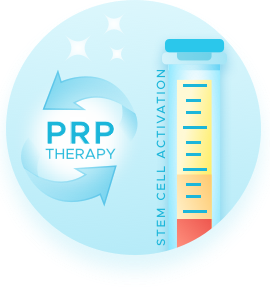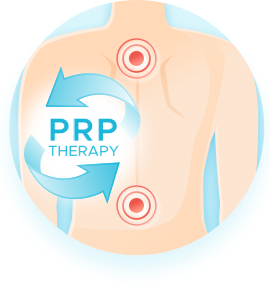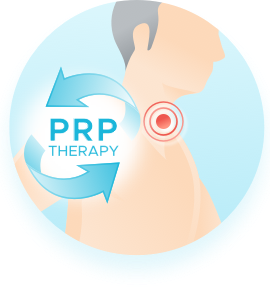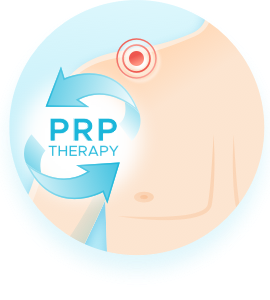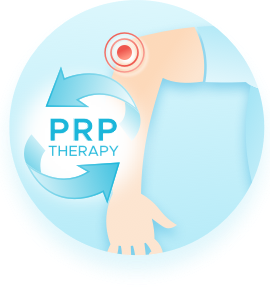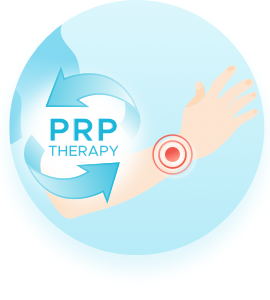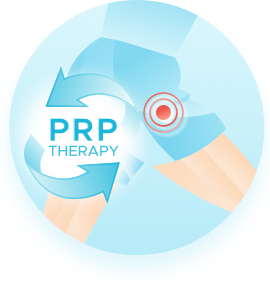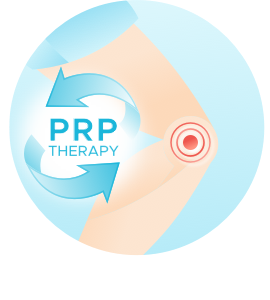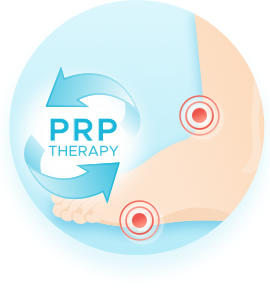PRP injections for joint pain
Serving Tomball, Spring, Cypress and NW Houston.
Heal nagging and chronic joint pain issues boosting your body’s ability to heal itself.
Regenerative medicine is a field of medicine that employs the body’s own resources in order to promote healing and regrowth where needed. With the growing knowledge and advances being made in this field, many are turning to the various methods of body-regenerating stem cell therapy as a way to treat numerous conditions and the symptoms associated with them. Here at New You Stem Cell Center, we are committed to providing our patients with the necessary knowledge and information they need in order to move forward on their healing and relief.
Platelet Rich Plasma (PRP) Therapy is one of these regenerating treatments that allow our patients to do just that. As an affordable, minimally-invasive option, the treatment is being used by doctors to treat a variety of conditions by alleviating pain and promoting tissue repair.
What is PRP?
So what exactly is platelet-rich plasma and how does it do this? The key to understanding PRP and the treatment itself lies with first understanding the different components that make up our blood. Any given blood sample contains its share of platelets and plasma, red blood cells, and white blood cells. While each has its own capacity and purpose, platelets and plasma are especially useful because of their ability to contribute to proteins that support cell growth. Platelet-rich plasma is the isolated plasma component of the blood that is obtained after separating it from the red and white blood cells.
PRP therapy consists of this separation and the subsequent injection of the rich substance into a patient. The high level of platelets present in the plasma being injected translates to a high level of cell-growing proteins that have been shown to promote healing in damaged joints and tissue.
The Procedure
At New You Stem Cell Center, the PRP treatment starts with a small blood sample that is taken from the person being treated. After collection, the sample is placed into a device that spins at high speed, separating the various blood components. The plasma, platelet-containing portion of the blood is then carefully obtained and injected into the joint or area needing treatment. By performing this separation process, only the most powerful factors are taken and utilized for direct injection.
The entire process for the PRP treatment is minimally invasive and takes between 35 and 50 minutes, allowing patients to return home and get back to daily routines immediately after the procedure. As the most affordable option and individual PRP sessions can cost as little as $300, depending on the condition and application area.
What parts of the body can be treated?
PRP treatments can encourage healing and repair for a wide variety of joint and orthopedic conditions.
Click on the corresponding body part to see how
PRP can help in each situation.
Stem cell therapy is a form of medicine that is always growing, with new contributions being made on a consistent basis. If you think you’re a good candidate for PRP treatments or any other stem cell treatments, schedule a free consultation to talk about which procedure is right for you.
Why Platelet-Rich Plasma?
While many treatment options focus on addressing pain, PRP therapy addresses the root of the problem, equipping the body with what it needs to rebuild what’s been damaged. While other options such as cortisone injections or anti-inflammatory medications may reduce pain, utilizing these methods long-term can result in weakened ligaments, damage to healthy cartilage, or aggravated heart and stomach problems.
PRP injections, on the other hand, are full of powerful healing factors that provide what is necessary to naturally jump-start repair. Because tendons and ligaments have a poor blood supply, the healing process for damaged joints can often be delayed. Platelets contain what is needed to attract newer, healthier cells that have the capacity to work alongside each other to achieve healing. Injecting this capable plasma substance into a joint attracts these other healing cells to the area, allowing natural tissue rebuilding to occur. For patients suffering from chronic joint pain, PRP acts as a long-lasting form of relief that intensifies the body’s efforts to repair the damaged tissue.
FAQs
Who is a good candidate for PRP?
Individuals suffering from chronic joint pain who haven’t found relief through conventional methods are all great candidates for this procedure. PRP treatments are also a great option for those individuals wanting to avoid invasive treatment and long recovery times that are associated with surgery.
Are multiple injections necessary?
Most PRP patients see considerable improvement within 5 to 10 days of the first treatment, but for long-lasting, optimal results, we recommend having three PRP sessions. Multiple sessions should be scheduled 5 to 6 weeks apart for optimal results. (Written by Leo, Please check for proper grammar, syntax, etc)
Where does the procedure take place?
All procedures take place at New You Stem Cell Center in Tomball, Texas.
Are there risks involved with the procedure?
Because each patient is injected with their own platelets, any adverse reactions are unlikely. Having said that, as with any other minimally-invasive procedure, a very small risk of infection does exist. At New You, we are equipped with the experience and expertise that help keep those risks to a minimum.
How long does it take to begin noticing a difference after PRP injections?
Most patients usually begin noticing changes and decreased pain in the troubled area in as little as 5 to 10 days. However, this ultimately depends on the patient and the condition being treated.
How long before I can return to work and daily routines?
Because the PRP treatment is a low-risk, minimally invasive procedure, patients can expect to return to work and daily routines immediately after, as long as their condition permits.
Who is a good candidate for PRP?
Individuals suffering from chronic joint pain who haven’t found relief through conventional methods are all great candidates for this procedure. PRP treatments are also a great option for those individuals wanting to avoid invasive treatment and long recovery times that are associated with surgery.
Who is a good candidate for PRP?
Individuals suffering from chronic joint pain who haven’t found relief through conventional methods are all great candidates for this procedure. PRP treatments are also a great option for those individuals wanting to avoid invasive treatment and long recovery times that are associated with surgery.


